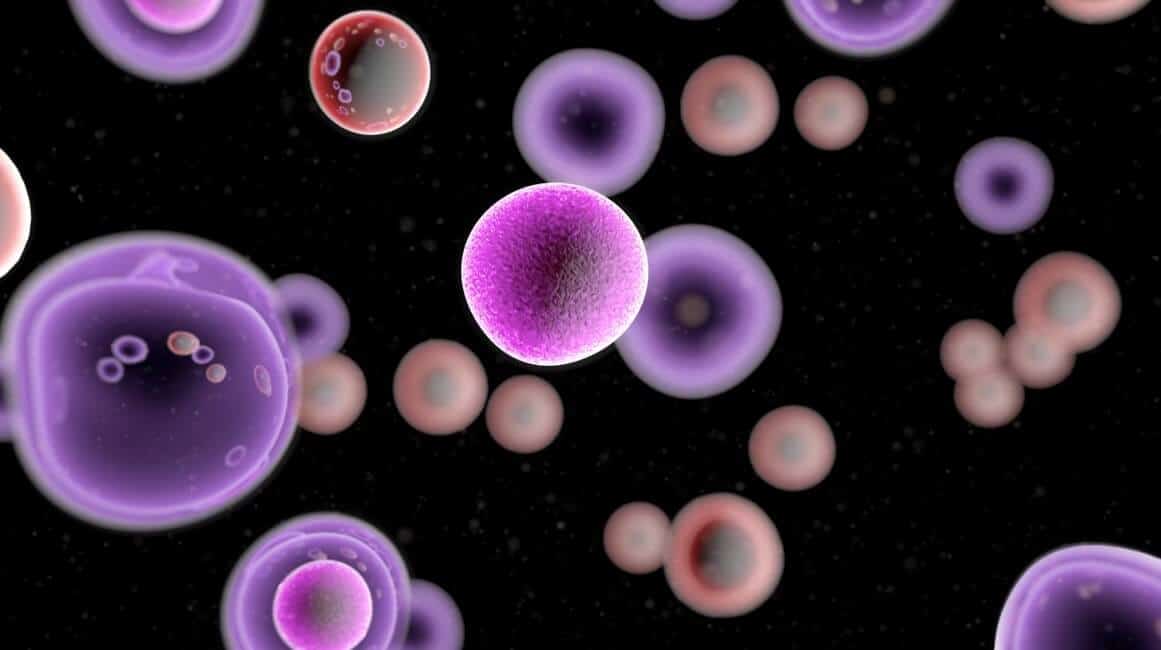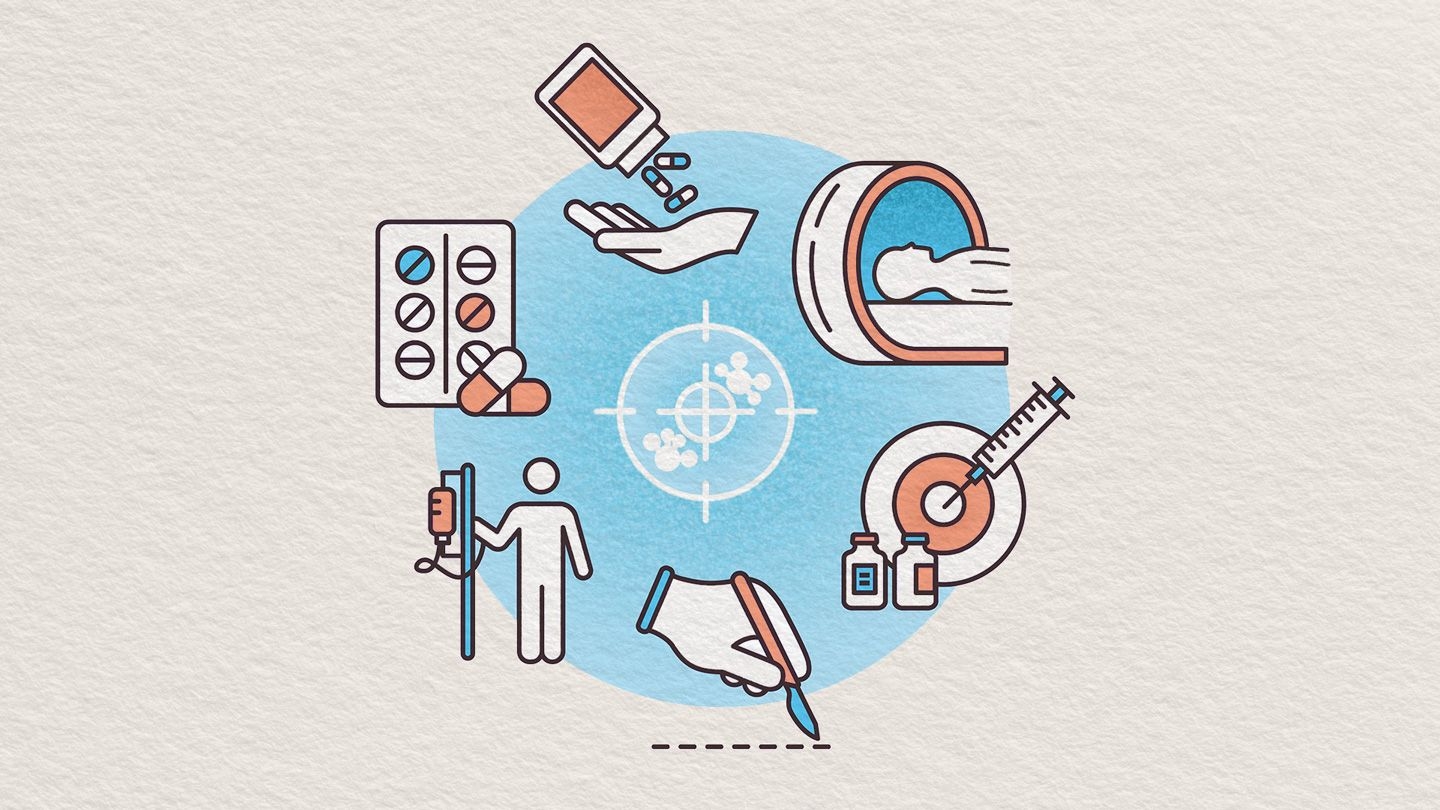When it comes to cancer treatment, patients and their families often face a range of options, each with unique benefits, risks, and side effects. The primary types—immunotherapy, chemotherapy, and radiation—target cancer in different ways and may be used individually or in combination based on the type, stage, and specifics of the cancer.
This article provides a detailed comparison of these cancer treatments, helping you understand how each works, what outcomes they aim to achieve, and what factors to consider in deciding on the right approach. From mechanisms and efficacy to potential side effects, this guide aims to clarify key distinctions, empowering you to make informed decisions with your healthcare provider.
1. Understanding the Basics of Cancer Treatments

Before diving into the specifics of each treatment, it’s essential to understand how cancer therapies work. Each type of treatment aims to eliminate cancer cells but does so differently:
- Chemotherapy uses drugs that target rapidly dividing cells, which makes it effective against cancer but can also affect normal cells.
- Radiation Therapy uses high-energy particles or waves to damage cancer cells’ DNA, preventing them from growing or spreading.
- Immunotherapy boosts the immune system’s natural defenses to recognize and attack cancer cells, a method that’s gaining popularity due to its targeted nature.
Each approach has its strengths, limitations, and ideal applications, which we’ll explore in detail below.
2. Chemotherapy: Pros and Cons of the Traditional Approach
:max_bytes(150000):strip_icc()/GettyImages-1287467010-ae375daa81594c3487bc7aa31836234c.jpg)
How Chemotherapy Works
Chemotherapy, often referred to as “chemo,” involves the administration of drugs designed to kill rapidly dividing cells, a hallmark characteristic of cancer cells. These drugs are typically administered intravenously or orally in cycles to maximize efficacy while allowing healthy cells to recover between treatments.
Advantages of Chemotherapy
- Broad Application: Chemotherapy is effective against many types of cancer, including those that have metastasized.
- Combination Therapy: Often used alongside surgery, radiation, or immunotherapy to increase effectiveness and target different stages of cancer.
- Rapid Action: Chemo can quickly target fast-growing tumors, offering relief from symptoms in advanced cancer cases.
Limitations and Side Effects
While chemotherapy can be powerful, it often comes with significant side effects due to its impact on healthy cells:
- Side Effects: Common side effects include hair loss, nausea, fatigue, and an increased risk of infection due to lowered immune function.
- Non-Selective Targeting: Chemo attacks all fast-dividing cells, including those in hair follicles, digestive tract, and bone marrow, which can lead to damaging side effects.
- Potential Resistance: Cancer cells may develop resistance to chemotherapy over time, necessitating changes in medication or approach.
Chemotherapy remains an effective option for treating various cancers but requires careful management to minimize side effects and maintain patient well-being.
3. Radiation Therapy: Targeted Treatment with Localized Focus
How Radiation Therapy Works
Radiation therapy uses high-energy waves or particles, such as X-rays, gamma rays, or protons, to damage the DNA within cancer cells, preventing them from reproducing and spreading. Unlike chemotherapy, radiation is a localized treatment aimed directly at specific tumor sites, making it a more targeted approach.
Benefits of Radiation Therapy
- Precision: Radiation can be precisely targeted, which minimizes damage to surrounding healthy tissues.
- Versatile Usage: It can shrink tumors before surgery, eradicate residual cancer cells post-surgery, or provide relief from symptoms in advanced cancer.
- Low Systemic Effects: Unlike chemotherapy, radiation generally causes fewer systemic side effects since it focuses only on the cancerous area.
Drawbacks and Side Effects
Despite its advantages, radiation therapy also has limitations:
- Risk of Skin and Tissue Damage: Radiation can cause localized side effects, such as skin burns, fatigue, or tissue damage, especially when used over long periods.
- Potential for Secondary Cancer: Radiation exposure increases the risk of secondary cancers years down the line.
- Not Suitable for All Cancers: Radiation therapy is typically used for localized cancers and may not be appropriate for cancers that have spread extensively.
Radiation is especially beneficial for cancers confined to one area, such as brain, breast, or prostate cancer, but the potential for long-term tissue damage should be carefully considered.
4. Immunotherapy: Harnessing the Body’s Defense System

How Immunotherapy Works
Immunotherapy is an innovative cancer treatment that empowers the body’s immune system to detect and attack cancer cells. Immunotherapies include checkpoint inhibitors, CAR T-cell therapy, monoclonal antibodies, and cancer vaccines, each working differently to enhance the immune response against cancer.
Benefits of Immunotherapy
- Selective Targeting: Immunotherapy specifically targets cancer cells, minimizing damage to normal cells.
- Durable Responses: Some forms of immunotherapy, such as checkpoint inhibitors, can provide long-term protection by “training” the immune system to recognize and fight cancer cells.
- Reduced Side Effects: Immunotherapy typically has fewer side effects compared to chemotherapy and radiation, as it doesn’t affect rapidly dividing cells indiscriminately.
Potential Limitations and Side Effects
Immunotherapy, while promising, has its own challenges:
- Risk of Immune-Related Side Effects: Some patients experience immune-related issues, such as inflammation in the lungs, liver, or other organs.
- Variable Effectiveness: Immunotherapy is not yet effective for all cancer types and may work best in cases where the immune system can naturally recognize cancer cells.
- Higher Cost: Immunotherapy is often more expensive due to its complexity and the need for personalized treatment.
Immunotherapy is particularly advantageous for patients with cancers like melanoma or lung cancer, where traditional treatments may be less effective. However, it’s not universally applicable, and further research is underway to broaden its use.
5. Comparison of Effectiveness and Suitability
| Treatment Type | Best Suited For | Effectiveness | Primary Drawbacks |
|---|---|---|---|
| Chemotherapy | Various cancers, especially advanced cases | High but with significant side effects | Non-selective, causing collateral damage |
| Radiation Therapy | Localized tumors (e.g., breast, prostate) | High for localized cancers | Risk of tissue damage and secondary cancer |
| Immunotherapy | Cancers responsive to immune-based approaches (e.g., melanoma, lung cancer) | Potentially long-lasting and targeted | Limited to certain cancers, higher cost |
Each treatment has its strengths depending on the type and progression of cancer, as well as the patient’s health.
6. Factors to Consider When Choosing a Treatment

When deciding on a cancer treatment approach, several factors should be considered:
- Cancer Type and Stage: Aggressive or widespread cancers may require a combination of treatments, while localized cancers may respond well to radiation.
- Patient Health and Tolerance: Chemotherapy might be difficult for older patients or those with compromised immune systems, while radiation or immunotherapy may be gentler options.
- Treatment Goals: For some, the primary goal may be symptom relief or palliative care, in which case radiation or limited chemo might be preferred.
- Financial Considerations: Immunotherapy is often more costly, and coverage may vary by insurance provider.
Patients should work closely with their oncology team to evaluate each option’s potential benefits and risks.
Conclusion: Choosing the Right Cancer Treatment for You
Choosing between chemotherapy, radiation, and immunotherapy depends on multiple factors, including cancer type, patient health, and treatment goals. Chemotherapy’s broad application and rapid action make it a reliable choice for aggressive cancers, while radiation’s precision benefits localized tumors with limited side effects. Immunotherapy is revolutionizing treatment for certain cancers by engaging the immune system, though it’s not universally effective and can be costly. A personalized approach is essential in selecting the best cancer treatment strategy, allowing patients to weigh the pros and cons and tailor their therapy based on their unique needs. By understanding each treatment option, patients can make informed decisions in their journey to recovery. Don’t forget to share your thoughts or experiences in the comments below—we’d love to hear from you!

Leave a Reply